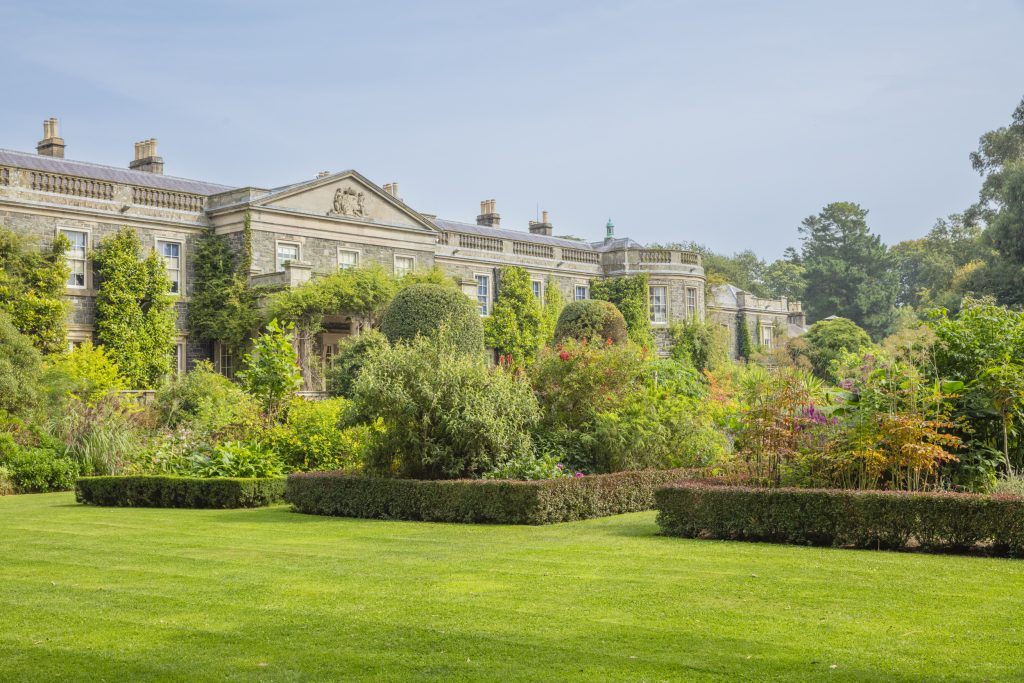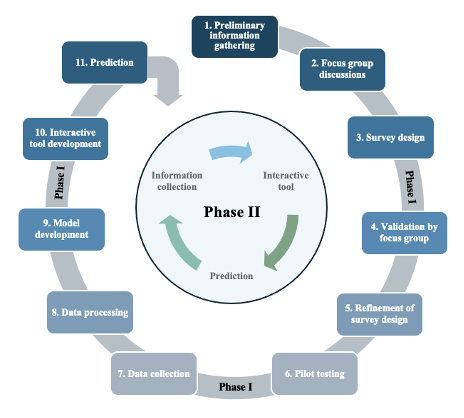21st Century Heritage Futures: Choice Modelling
A precision decision-making tool
Learn more
What is Choice Modelling?
Choice modelling is a precision decision-making tool and mathematical framework used to predict and understand how individuals make decisions between two or more alternatives. It assumes that each alternative provides a level of utility (a measure of satisfaction or benefit) to the decision-maker, and the chosen alternative is the one that maximizes this utility (makes the person happier or makes them perceive that they are getting more benefit).
In heritage contexts, choices can include the cost of entry, distance to the site, how much the visitor anticipates they will enjoy their visit and the choice not to make a visit.
Choice modelling allows us to understand which factors, such as ticket prices, accessibility, or type of experience, are most important to visitors.

How is it done?

How do different industries use Choice Modelling?
Transport: predicts travel behaviour, including the choice to use cars, buses, or trains, and evaluates the impact of planned new routes or policies.
Marketing: identifies consumer preferences for product features, pricing, and brand loyalty.
Environment: assesses public preferences for conservation, clean energy, and sustainable policies.
Health Care: explores patient choices in treatments, insurance plans, and hospital services.
Tourism: enhances understanding visitor preferences for attractions, events, and destinations.
Energy: informs adoption of renewable energy, electric vehicles, and energy-saving behaviours.
Urban Planning: models housing and location preferences to guide city development.
Public Policy: evaluates the likely impact of taxes, subsidies, and behavioural incentives.

Photo by Thaddaeus Lim on Unsplash
Why is choice modelling increasingly attractive to multiple sectors?
- Directly affects business profitability, government policies, and resource allocation
- Has significant societal impact
- Results have been validated ex post.
What benefits are there for the Heritage Sector?

Improved Understanding of what Stakeholders Value
Knowing whether it is historical significance, accessibility, or aesthetic appeal that visitors value most, allows heritage managers to allocate resources to areas with the greatest impact and:
- provide services that will attract a wider set of visitors
- design experiences people love
- set ticket prices that attract visitors while also generating revenue.
Better Decision-Making
Quantified visitor preferences and trade-offs ensure decisions are based on public priorities rather than assumptions.
Increased Accessibility and Inclusivity
Modelling surfaces barriers to inclusivity such as high costs or poor transport links.
Improved Public Engagement
Providing transparent, clearly communicated, data-driven plans increases public trust and support for conservation.
Enhanced Balance Between Preservation and Access
Forecasting visitor behaviour, simulating interventions and outcomes allows organizations to avoid overcrowding, ensure sustainability, maximize public enjoyment and gauge the benefits of planned developments.
What is the Choice Modelling process
for the heritage sector?

Books
Train, Kenneth E. Discrete choice methods with simulation. Cambridge University Press, 2009.
Hess, Stephane, and Andrew Daly, eds. Handbook of Choice Modelling. Second Edition. Edward Elgar Publishing, 2024.
Papers
Bonet, L. E., Greene, M., & de Dios Ortúzar, J. (2020). Subjective valuation of tangible and intangible heritage neighbourhood attributes. Habitat International, 105, 102249.
Choi, A. S., Ritchie, B. W., Papandrea, F., & Bennett, J. (2010). Economic valuation of cultural heritage sites: A choice modeling approach. Tourism management, 31(2), 213-220.
Kinghorn, N., & Willis, K. (2008). Valuing the components of an archaeological site: An application of Choice Experiment to Vindolanda, Hadrian’s Wall. Journal of Cultural Heritage, 9(2), 117-124.
Throsby, D., Zednik, A. & Araña, J.E. Public preferences for heritage conservation strategies: a choice modelling approach. Journal of Cultural Economics, 45, 333–358 (2021).
Tuan, T.H., Navrud, S. Valuing cultural heritage in developing countries: comparing and pooling contingent valuation and choice modelling estimates. Environmental and Resource Economics, 38, 51–69 (2007).
Wish to discuss how choice modelling can benefit you?
Contact: [email protected] / [email protected]
Banner Image: Photo by Alexander Mils on Unsplash

